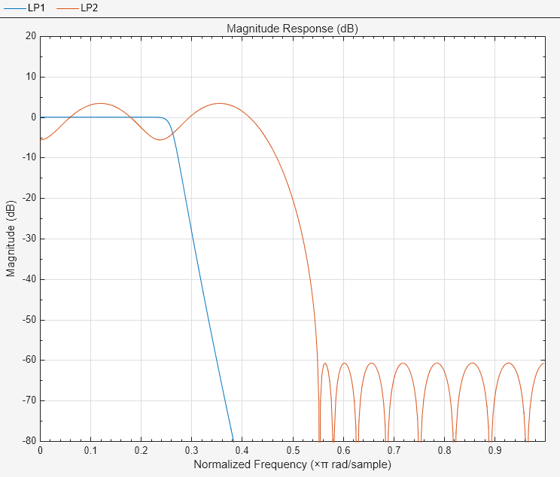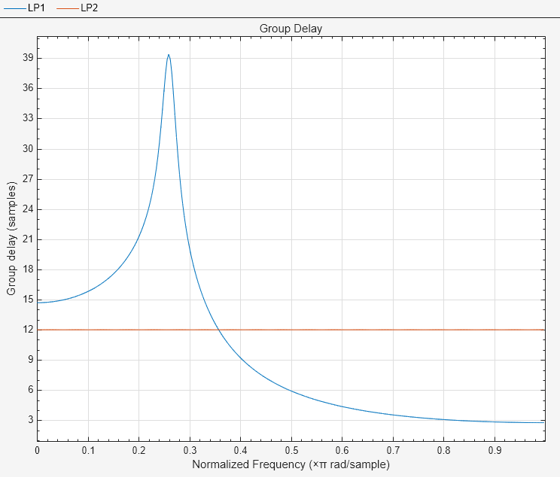addDisplays
Sintaxis
Descripción
dispnum = addDisplays(fa)fa and returns the identification number corresponding to the new display.
addDisplays(___,AnalysisOptions= sets the analysis options of the new displays to the values specified in opts)opts. Use filterAnalysisOptions to create opts.
addDisplays(___, sets the analysis options of the new displays using name-value arguments. For a list of available options, see Name=Value)filterAnalysisOptions. Options specified this way apply to all new displays. You cannot use this syntax and the previous one simultaneously.
Ejemplos
Argumentos de entrada
Output Arguments
Historial de versiones
Introducido en R2024a

